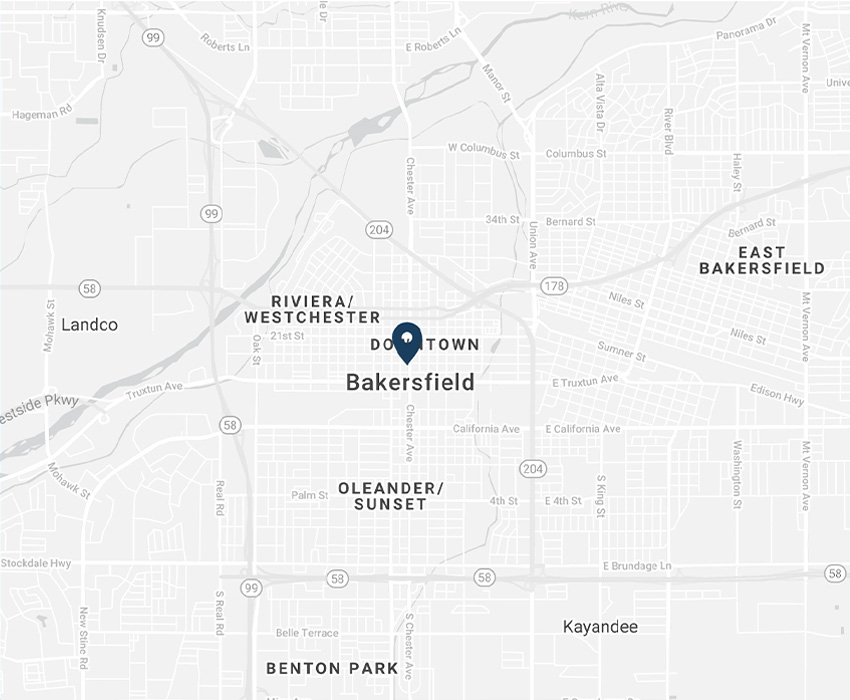Safety Tips: ‘Cumulative trauma’ injuries from work, and how to avoid them
August 31, 2016 | Article by Chain | Cohn | Clark staff | News & Media , Tips & Information Social Share

NOTE: The article below, written by Chain | Cohn | Clark workers’ compensation attorneys James Yoro and Beatriz Trejo, appeared in the August/September 2016 issue of the Kern Business Journal. The Journal is a bi-monthly publication by The Bakersfield Californian that showcases business and industry developments across Kern County.
This article focuses on important tips to prevent cumulative trauma injuries in the workplace. This occurs when there is repetitive strain in the muscles, nerves, ligaments, and tendons. To view the article in the publication, click here. To see the entire publication online, click here.
———
In today’s technology-driven work life, it is easy to imagine an 8-hour day sitting behind a computer screen. Alternatively, we are exposed to long hours of standing or repetitive movements, which may lead to what is called a cumulative trauma injury, which occurs over time, as opposed to one caused by a particular event leading to a specific injury.
California law recognizes both of these injuries equally. The following are some tips for avoiding repetitive trauma injuries in the workplace:
Take breaks and use them wisely
No matter what activity you perform most in your daily work life – sitting, typing, lifting or bending, for example – your body is not likely meant to tolerate it for long periods of time. Make sure to take breaks from these activities by avoiding them. Avoid leaving your desk to simply sit in the break room. Avoid straining your eyes at your computer to check text messages on your phone. Instead do what would seem like the opposite – like walking or stretching.
Make sure to tell your doctor
The most common question in a cumulative trauma injury is, “When did the symptoms start?” It is quite rare for a person to actually remember the first time they experienced any type of symptoms. For the most part, a person will ignore symptoms and simply attribute them to being tired or sore in hopes that they will go away. However, this is rarely the case. A cumulative trauma injury is one with a prolonged period of injurious exposure. This means that whatever activity you are performing at work is causing your pain and discomfort and will continue to accumulate unless you change something.
Stay hydrated
With temperatures above 100 degrees, it’s easy to fall behind on liquid intake. Dehydration and heat exhaustion poses a threat particularly for people engaged in outdoor activities. The long Kern County summers makes this threat an ongoing issue that must be addressed daily.
Get plenty of sleep
Sleep plays a vital role in good health and well-being throughout your life. Getting enough quality sleep at the right times can help protect your mental health, physical health, quality of life and safety. The way you feel while you’re awake depends in part on what happens while you’re sleeping. During sleep, your body is working to support healthy brain function and maintain your physical health. The damage from sleep deficiency can occur in an instant or it can harm you over time. For example, ongoing sleep deficiency can raise your risk for some chronic health problems. It also can affect how well you think, react, work, learn, and get along with others.
Stress can impair your immune system and make you more susceptible to illness and injury. Often we are confined to the daily routine without proper rest which leads to stress if an appropriate break or vacation is not enjoyed. Vacations are an important part of maintaining a healthy and long work life. Remember, rest and rejuvenation is vital components to avoiding injury from repetitive work activities.
———
RELATED MEDIA
- Kern Business Journal highlights law firm’s purchase of downtown Bakersfield building (Blogging for Justice – Dec. 12, 2014)
- 10 things every employer should know about workers’ compensation (Blogging for Justice – March 25, 2015)
- Employers: Avoid potential wrongful termination lawsuits by following these tips (Blogging for Justice – Feb. 10, 2016)
- Working outside? How to stay safe in the summer heat, and identify heat illness (Blogging for Justice – July 27, 2016)
- 5 things every employer should make sure employees know about their workplace rights (Blogging for Justice – Sept. 30, 2016)
— Compiled by Evelyn Andrade for Chain | Cohn | Clark
———
*NOTICE: Making a false or fraudulent Workers’ Compensation claim is a felony subject to up to 5 years in a prison or a fine of up to $150,000 or double the value of the fraud, whichever is greater, or by both imprisonment and fine.

